If you're dealing with acne and breakouts, you'll try anything to clear up your skin. You've probably gone through your fair share of cleansers, toners, serums, lotions, spot treatments, and zit stickers in your quest to keep your acne under control. When you do find a product that works, well, it's a miracle, and you'll use every last drop and then reorder it in bulk.
And the annoying part is what works for your skin might not exactly work for your friend's acne problems. It's a very specific mix of skincare products, eating (and avoiding) specific foods, and just praying to the skin gods for a good, breakout-free day.
There is one product that could help across the board, and that's a salicylic acid cleanser. These cleansers contain, of course, salicylic acid, a holy-grail ingredient for acne-prone and oily skin that does a whole lot. Here's your crash course.

Salicylic acid is a beta hydroxy acid that exfoliates dead skin cells on the skin's surface and decreases oil and sebum, says board-certified dermatologist Joyce Imahiyerobo-Ip, MD, FAAD, owner of Vibrant Dermatology and SkinBar MD. In addition to being an exfoliant, it also works as a comedolytic and anti-inflammatory ingredient.
"As an oil-soluble ingredient that can absorb into the lipid skin layers more readily, it can penetrate deeper into the skin and the pores," explains Y. Claire Chang, a board-certified dermatologist at Union Square Laser Dermatology. "It exfoliates and brightens skin complexion as well as de-clogs pores to prevent blackheads, whiteheads, and subsequent acne breakouts. Salicylic acid not only helps to prevent and clear active acne, but it can also improve acne blemishing."
And because salicylic acid exfoliates so well, it can also help your topical products better penetrate the skin, which Chang says can be useful in treating conditions like psoriasis. The hardworking ingredient can also be used as a peeling agent for acne vulgaris, melasma, photodamage, sunspots, psoriasis, and warts.
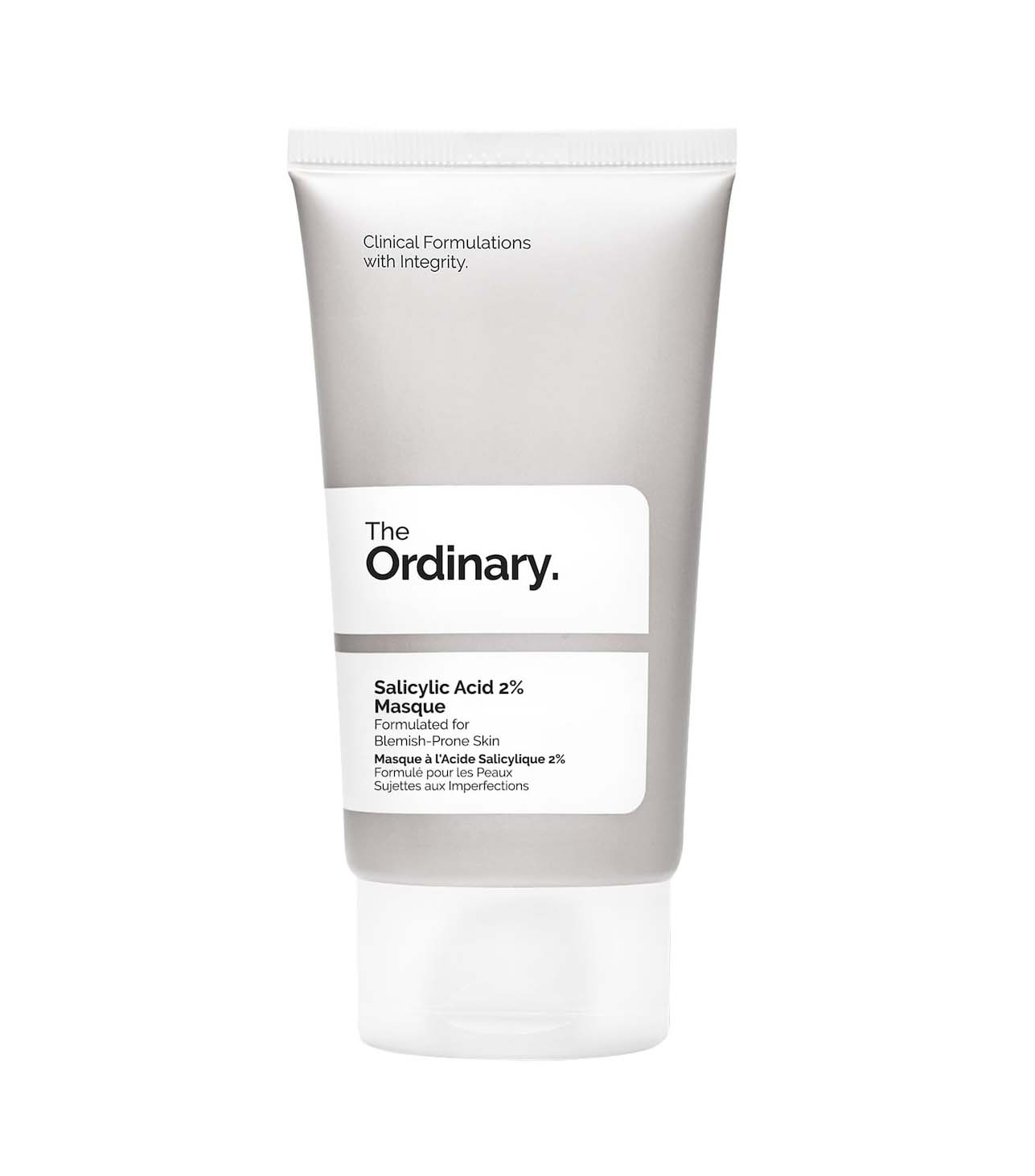
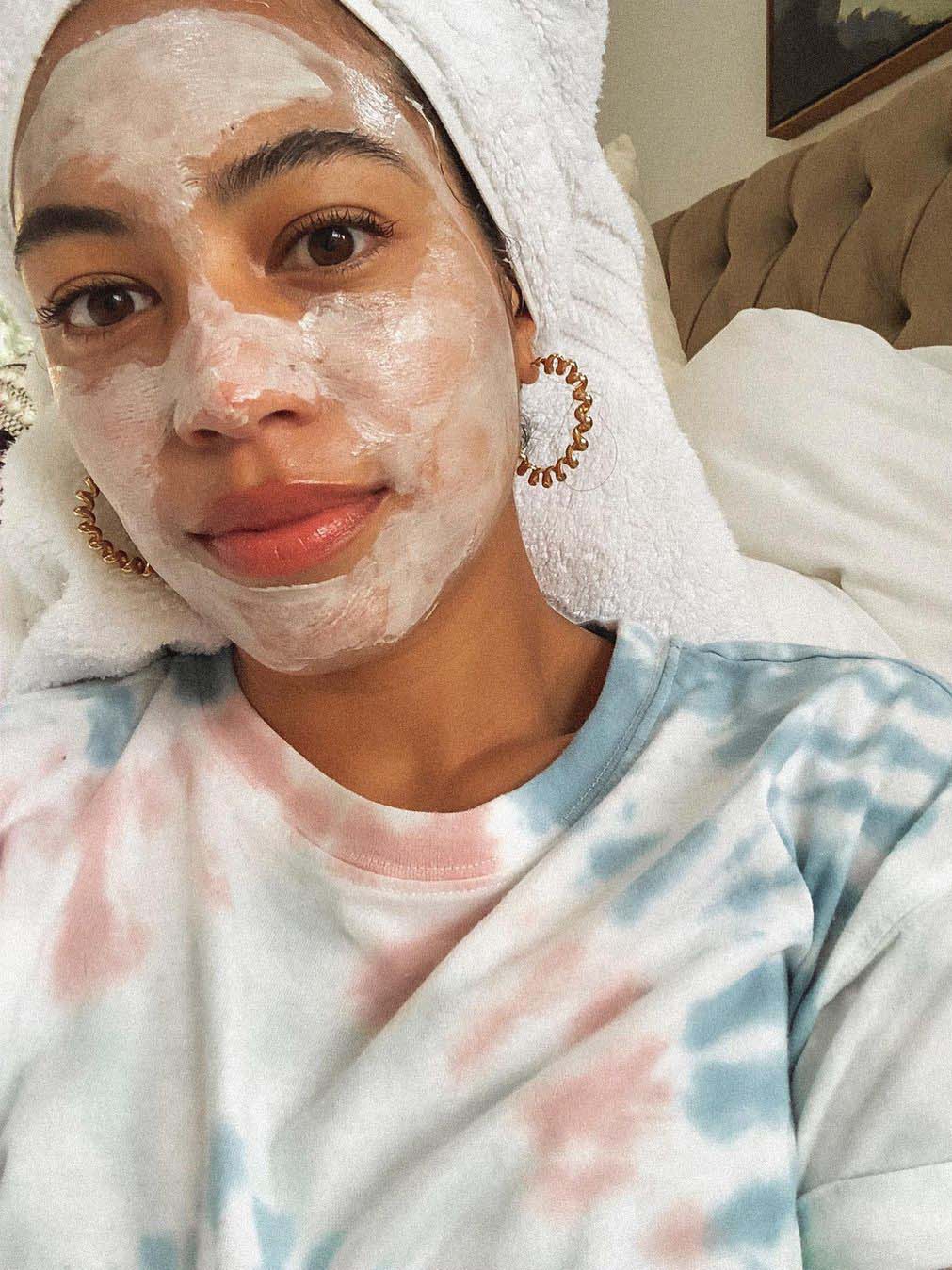
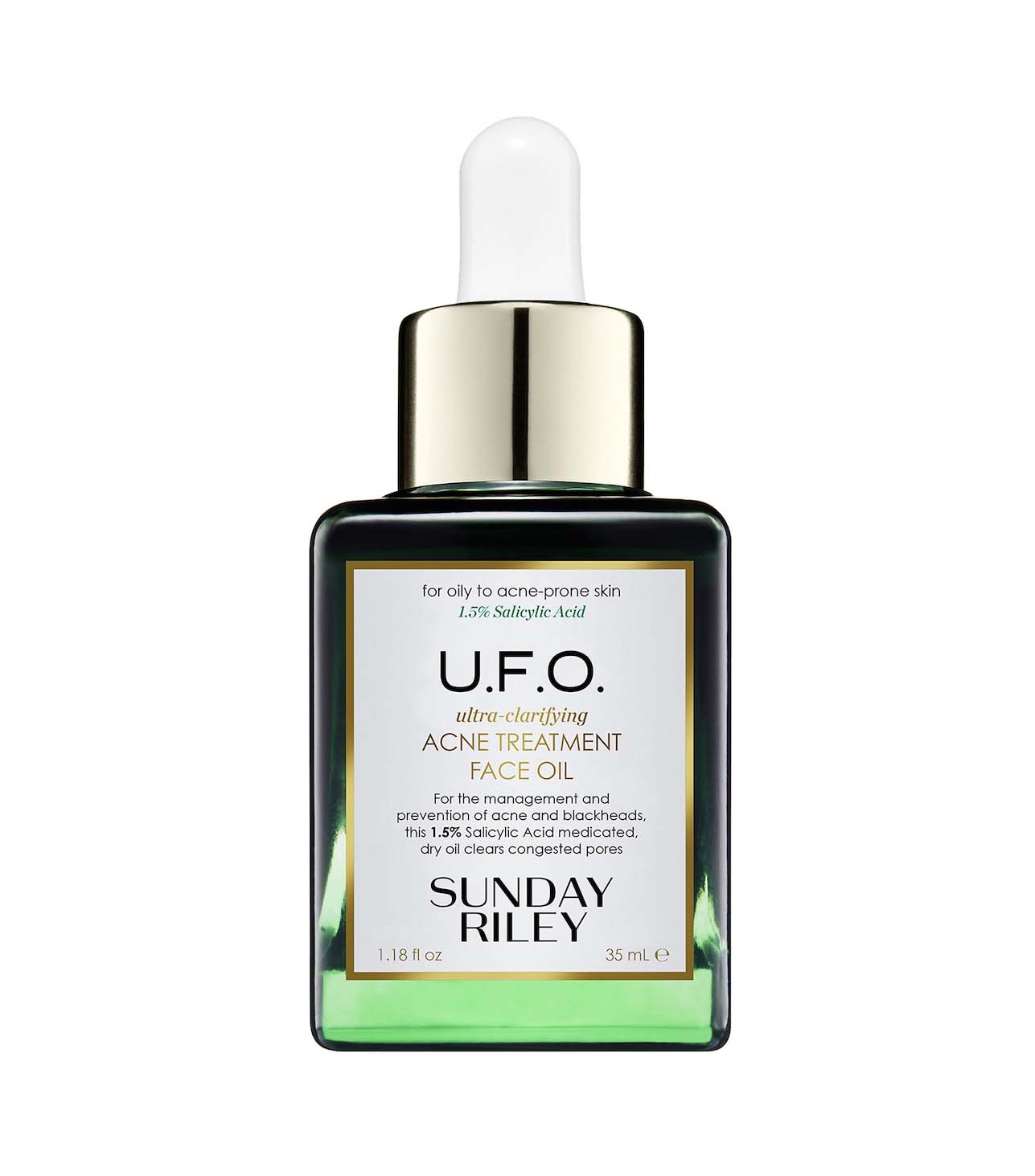
Board-certified dermatologist Roberta Del Campo, MD, says salicylic acid is best for oily, acne-prone skin, and she recommends staying away from it if you have dry or sensitive skin because it can be very drying and irritating for some people. In particular, if you have mild comedonal acne, this ingredient can help. "Comedonal acne is acne that is predominantly whiteheads and blackheads," Imahiyerobo-Ip explains. "This type of acne occurs because of poor skin turnover that results in clogged pores. These products help to improve skin turnover and to dissolve the sebum that is clogging pores." Chang also recommends salicylic acid cleansers to her patients who have psoriasis, photodamage, and hyperpigmentation.
But here's something important to note: You should not use salicylic acid products when you're pregnant or breastfeeding. "Do not ingest salicylic acid or apply excessive amounts of salicylic acid, as increased systemic absorption can lead to salicylate poisoning (presents with symptoms like ringing in the ears, nausea, vomiting, stomach pain, headache, confusion, and dizziness)," Chang adds.


"Salicylic acid cleansers can be used once or twice daily as long as your skin tolerates it without irritation," Chang says. "Avoid contact with eyes or other mucous membranes like the mouth and nose. Do not apply to areas of irritated skin, inflamed skin, or to open wounds. Be sure to wear sunscreen when using salicylic acid cleansers, as your skin may become more sensitive to sunlight." And don't forget to moisturize after cleansing to keep the skin hydrated. If you're already on prescription acne medication, you might not want to use these cleansers daily, because they may be too irritating.
When choosing a product, Del Campo recommends matching the specific products to your skin type and looking at the concentration and additional ingredients. For example, if you have sensitive skin and want to use a salicylic acid cleanser, aloe vera can help. And if you have more oily, acne-prone skin, she says a combination of salicylic acid and an alpha hydroxy acid (like lactic acid) can help.
Take a look at some dermatologist- and editor-recommended cleansers below.
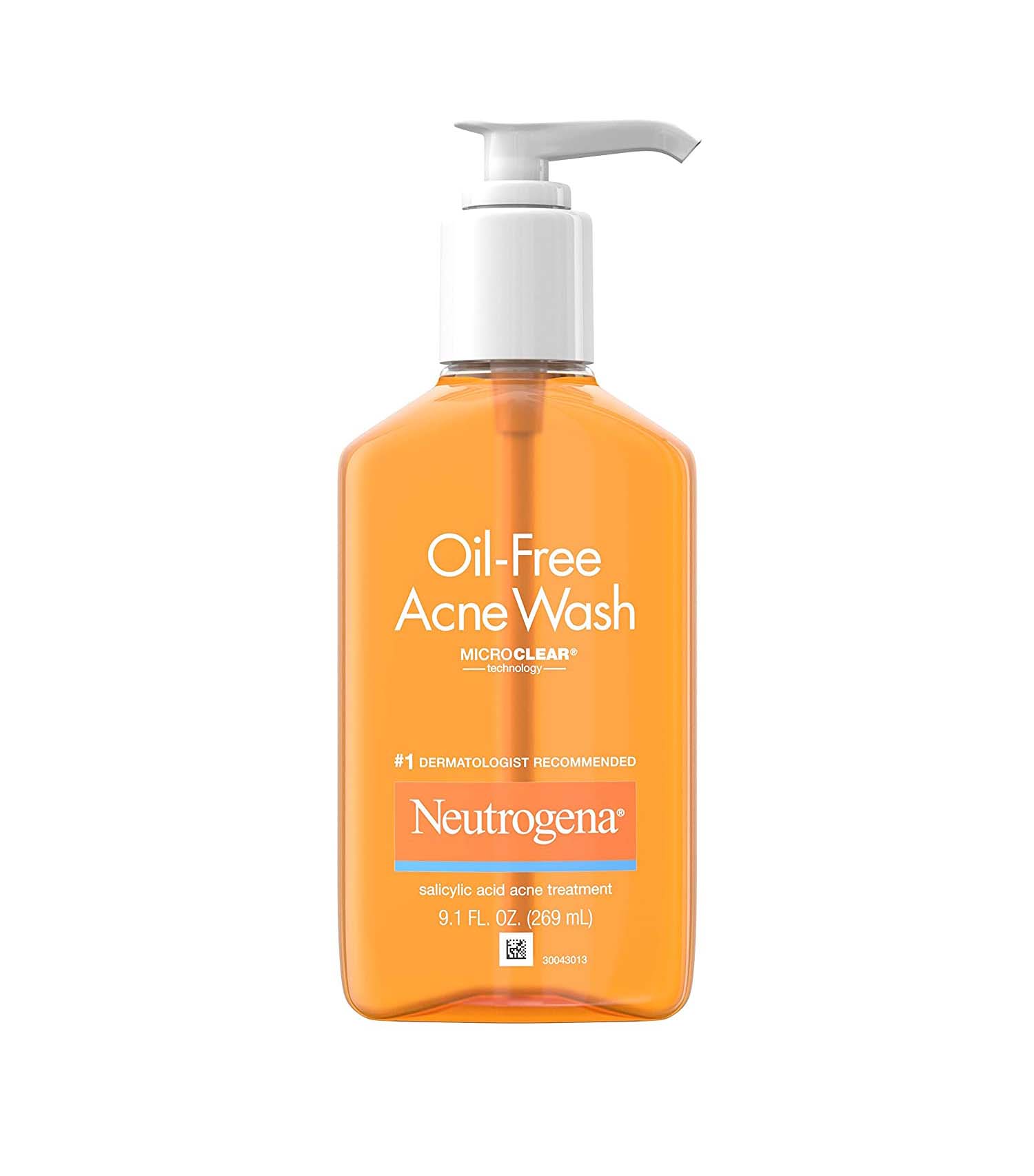

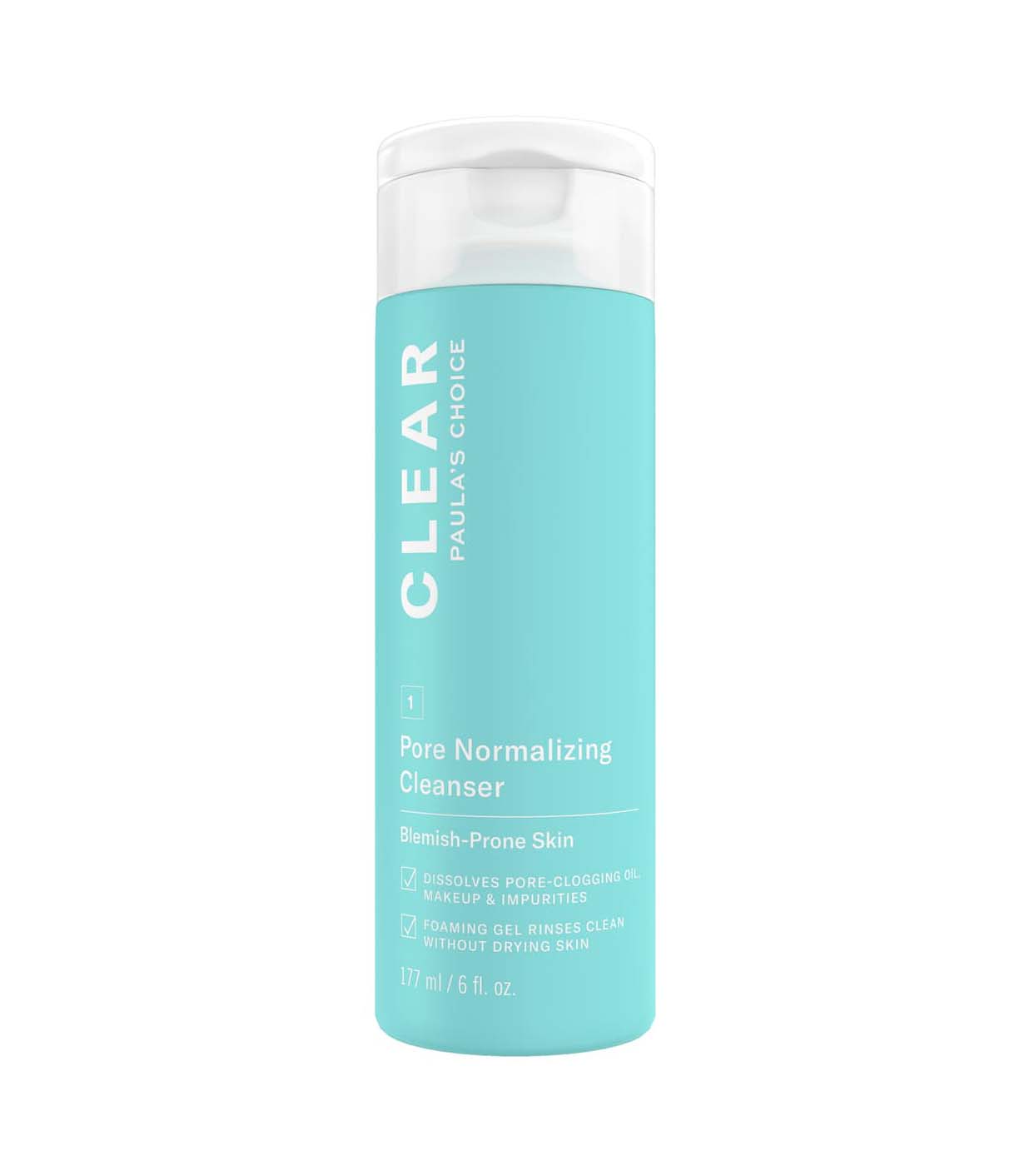
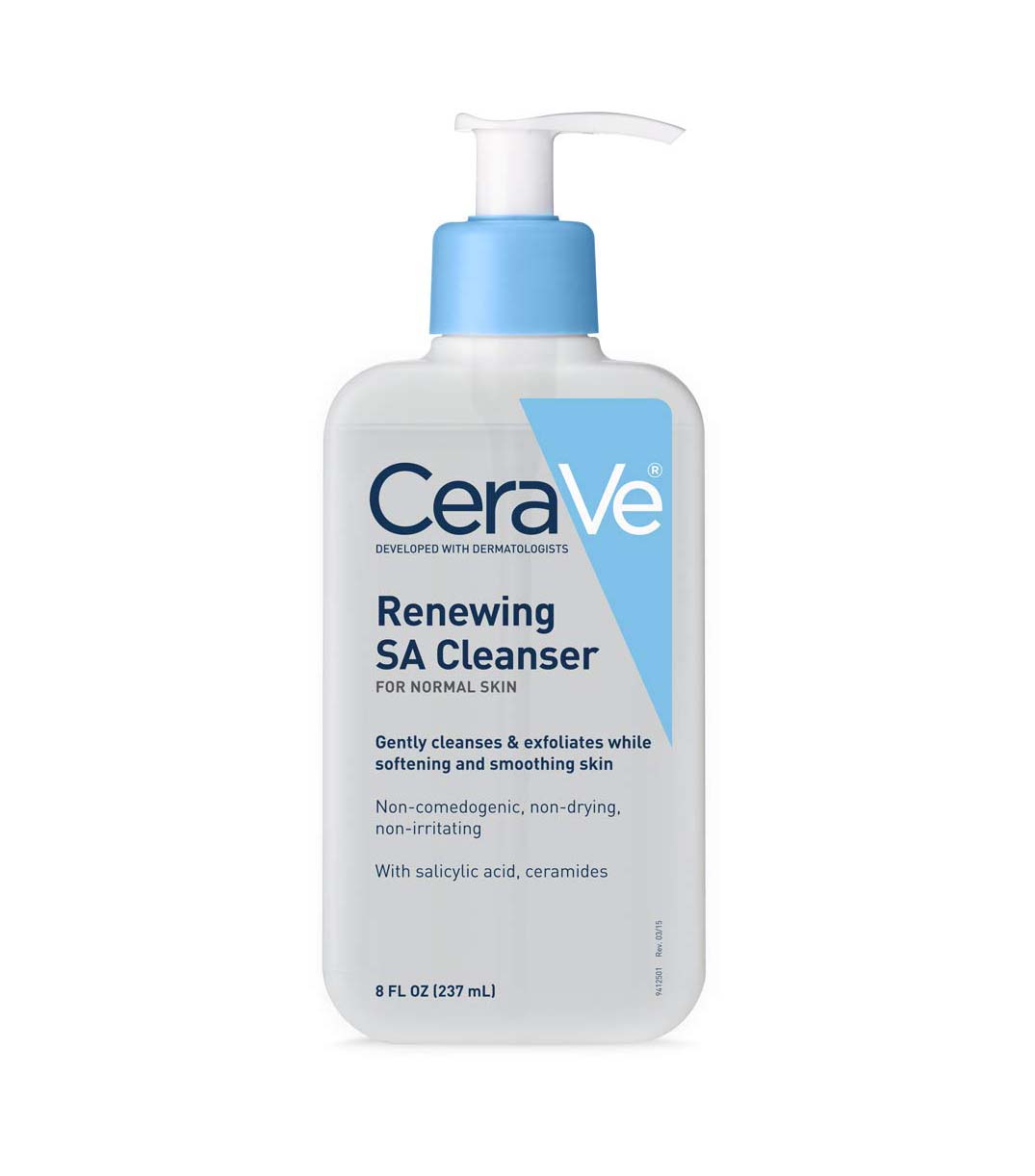
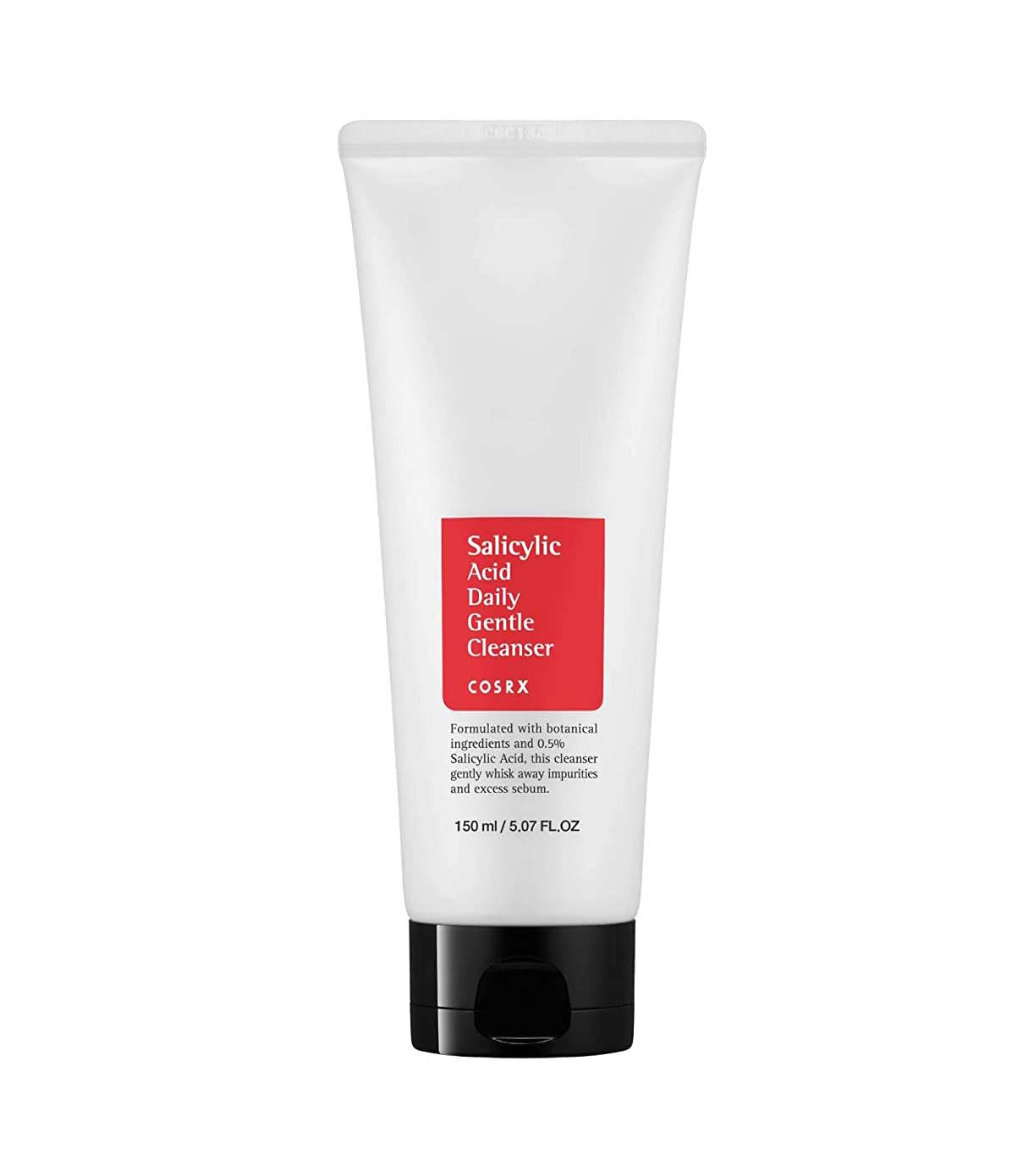
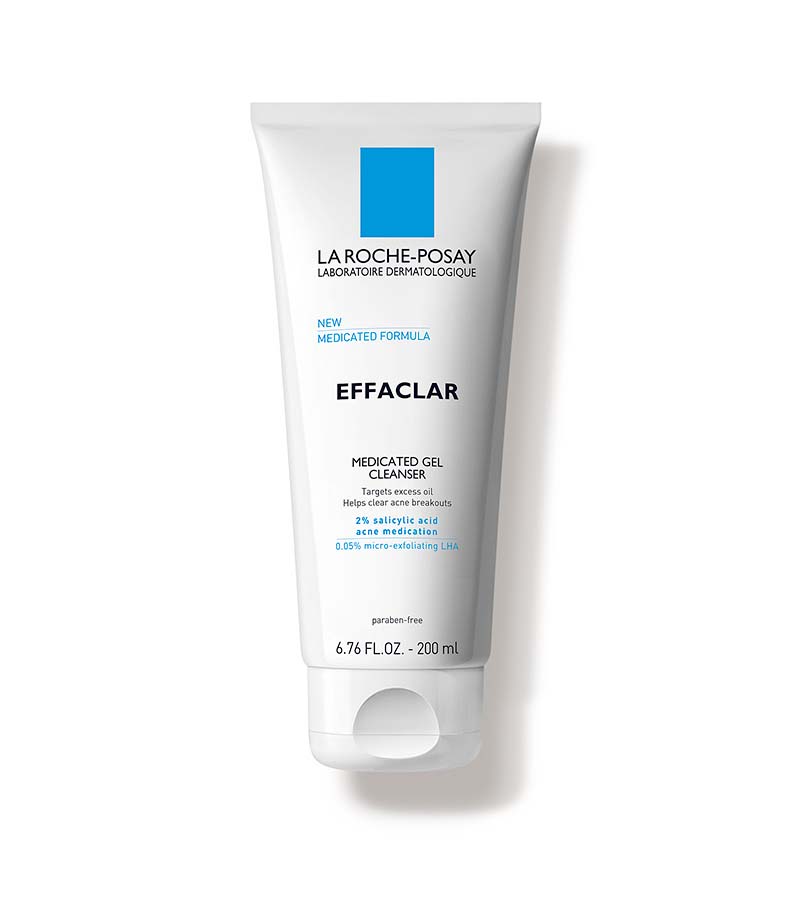
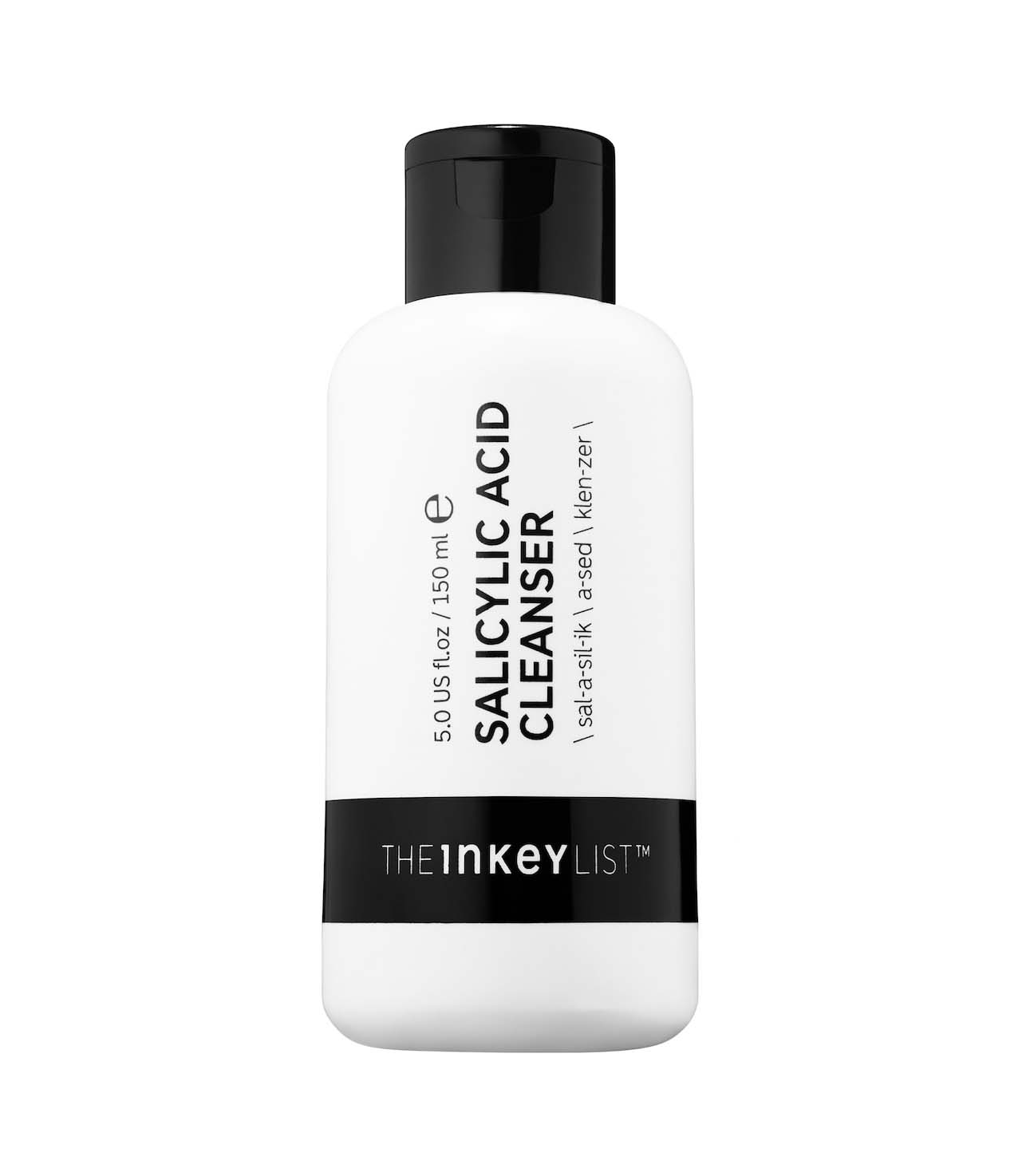
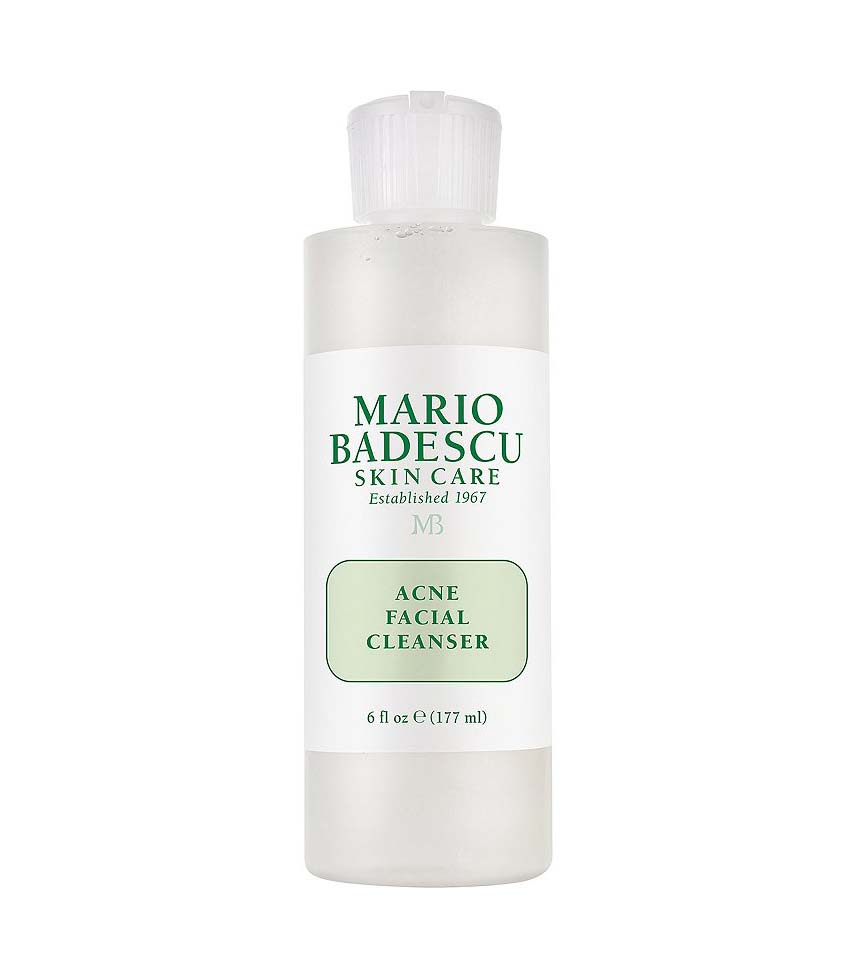
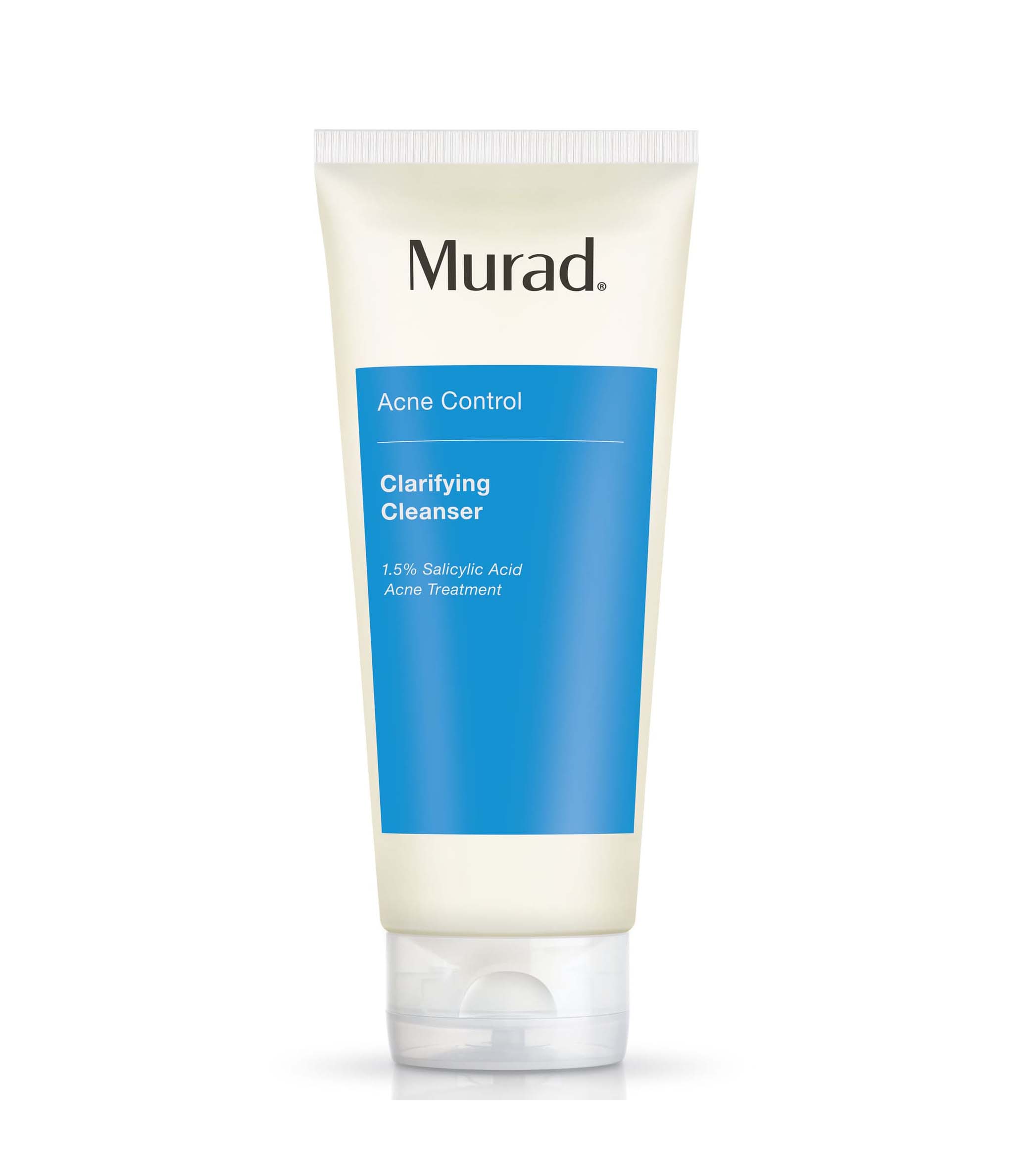

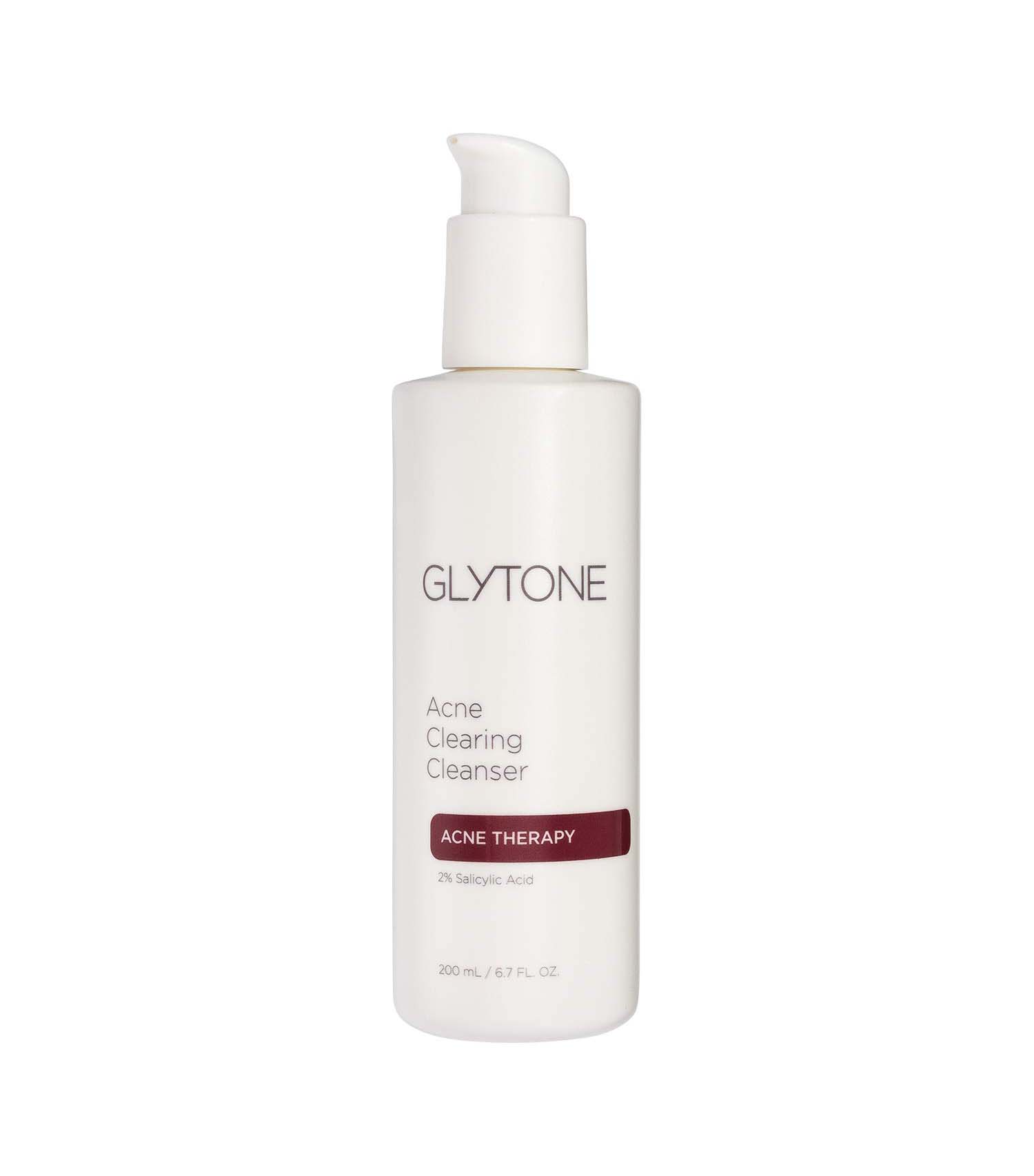
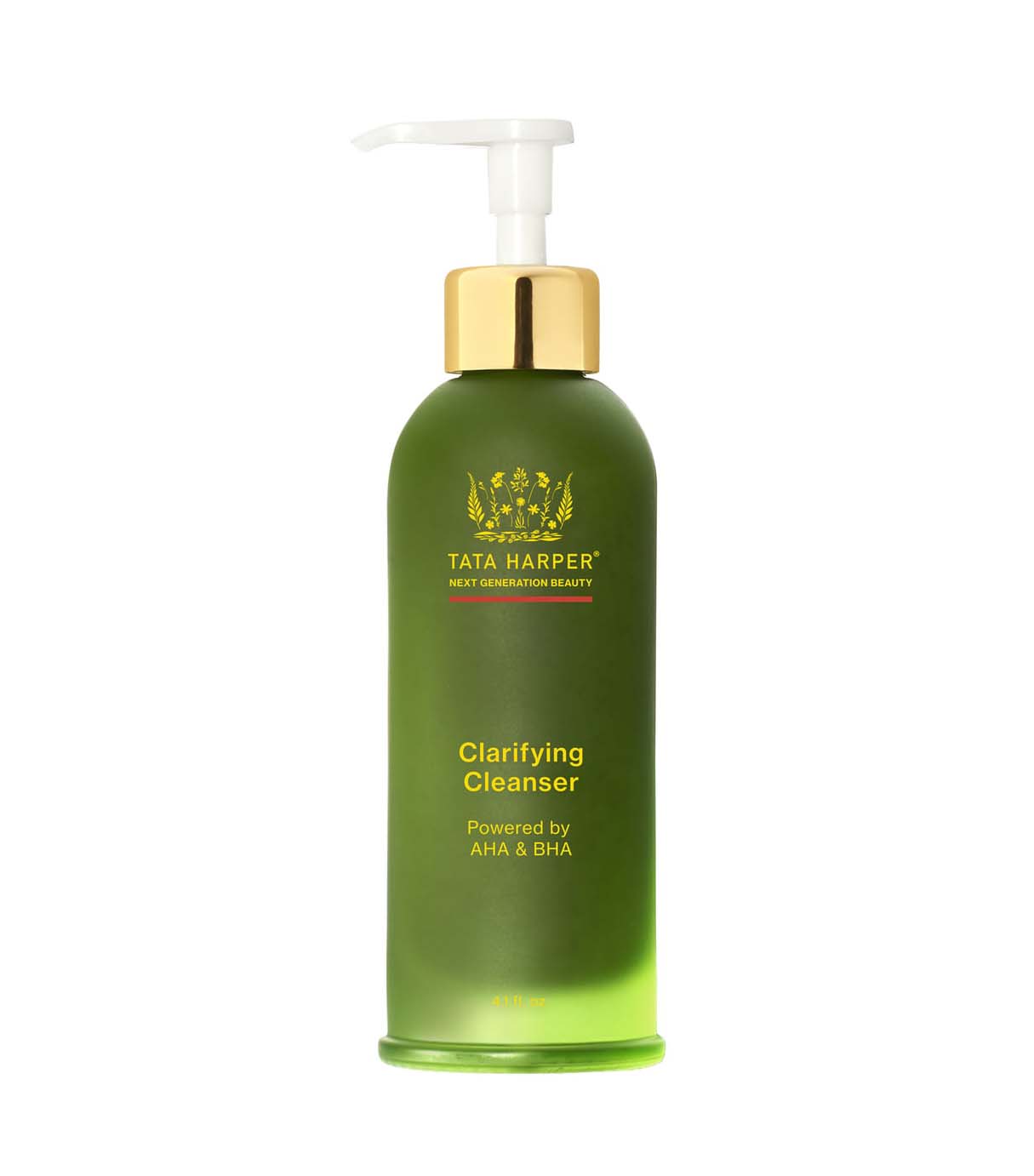
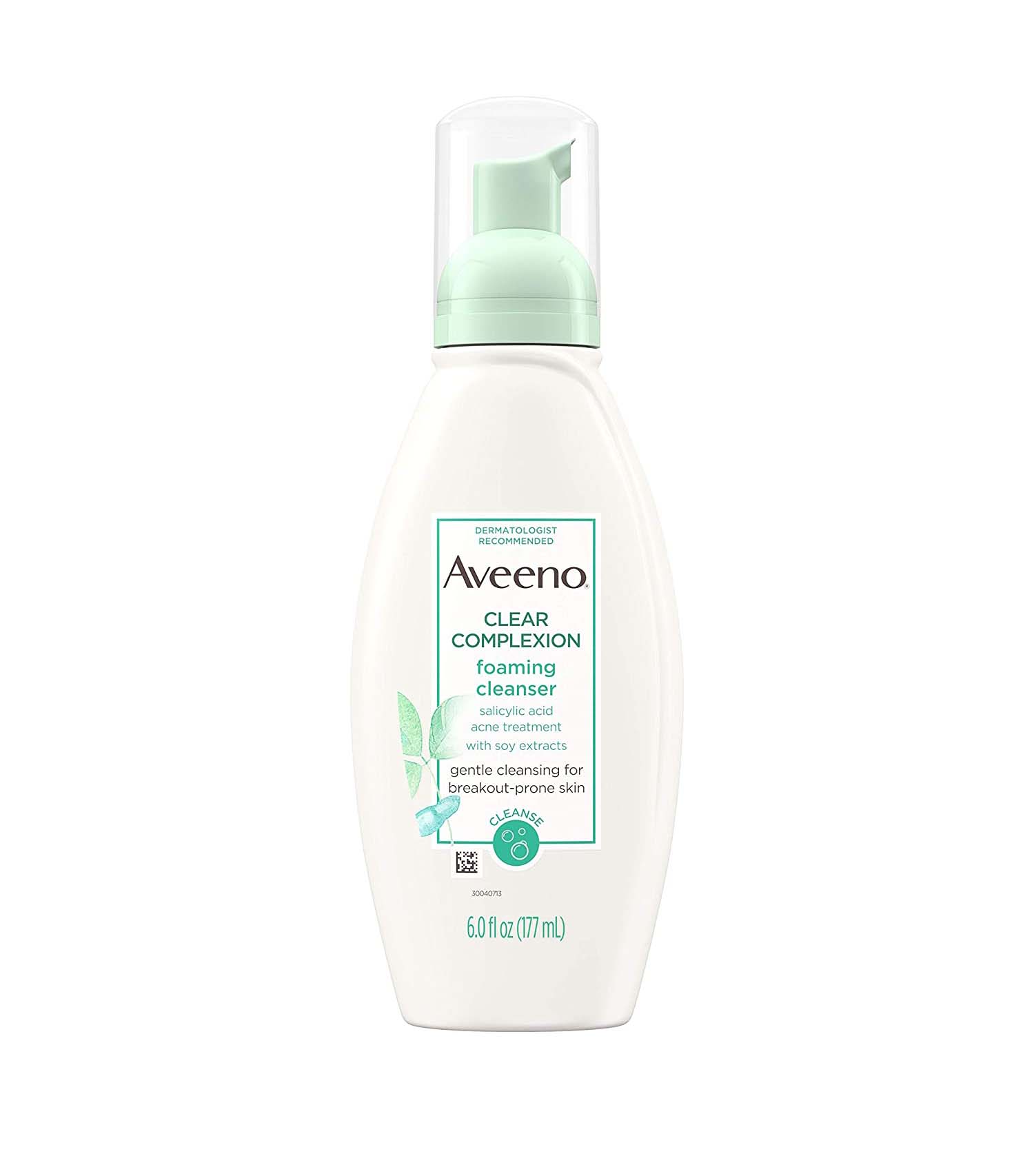
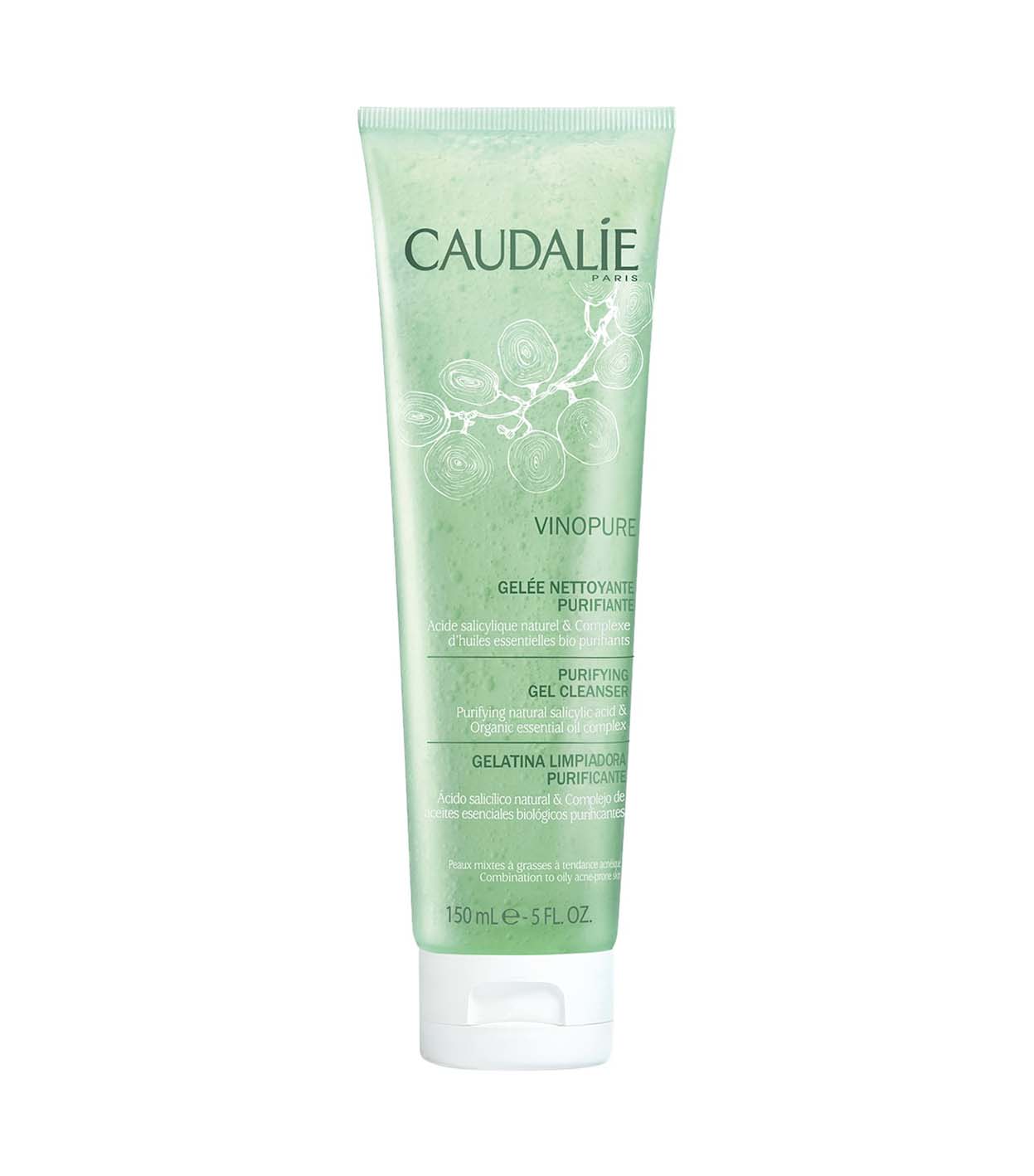
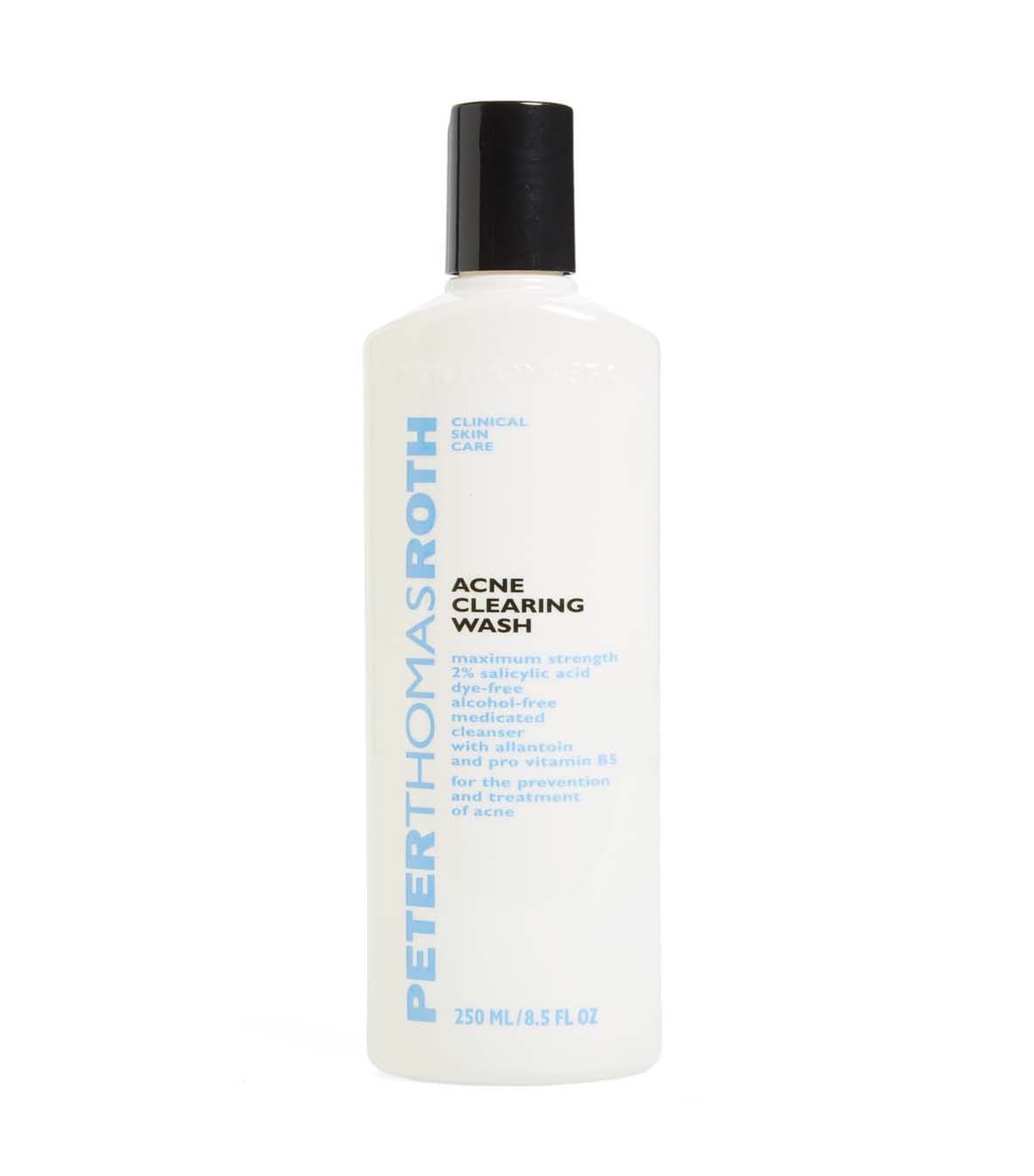
Next up, Derms Explain How to Keep Pores Clear in the Summer Despite Sweat and Sunscreen
This article was published at an earlier date and has been updated.
from Who What Wear
